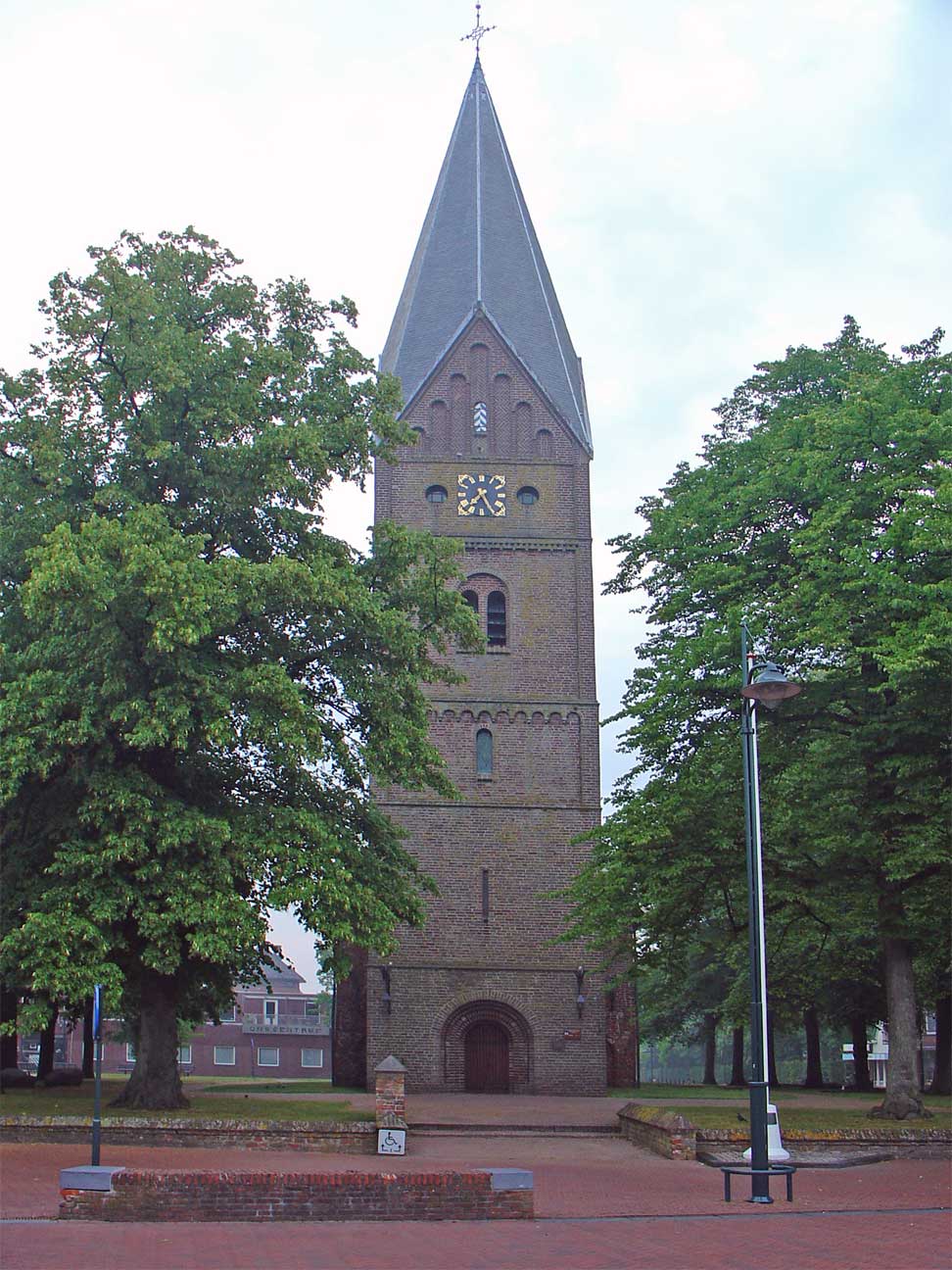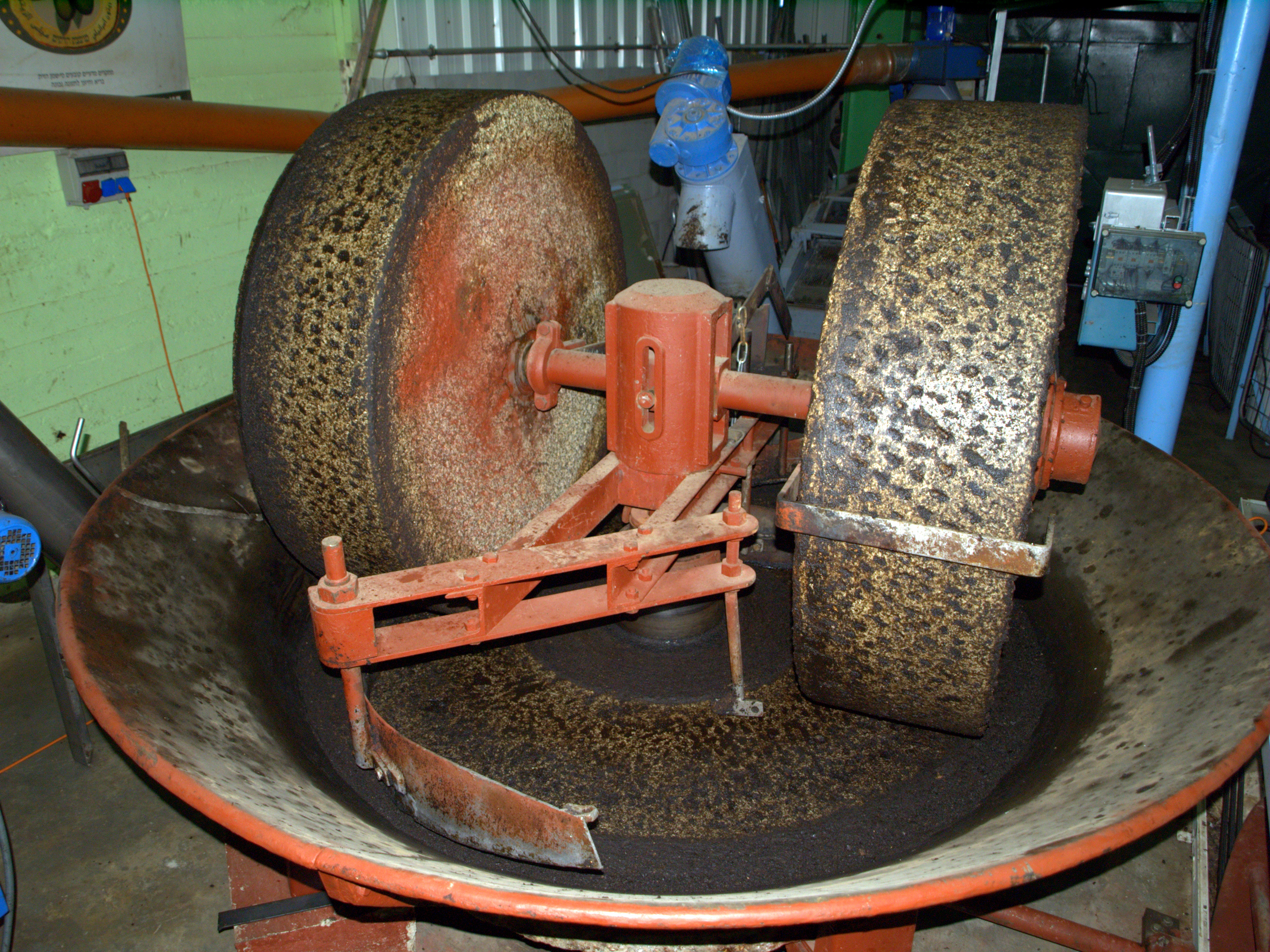|
Noordenveld, Norg
Noordenveld is a smock mill in Norg, Drenthe, the Netherlands. It was built in 1878 and is listed as a Rijksmonument, number 30785. (Click on "Technische gegevens" to view.) History ''Noordenveld'' was built in 1878 for Willem Stevens. The millwright was J Rietsma of Zeijerveld. In 1899, the mill came into the possession of Geert Stevens, brother of Willem. It passed to his nephew Jannes Stevens in 1930. He hired the mill out, firstly to Roelof Bosman, then Jente Venema, the Enting brothers and finally to a Co-operative Society. In 1946, four new sails were fitted by millwright Dijk of Leek. (Click on "Geschiedenis" to view.) The mill had been reduced to working on two sails by this date. Photographs show that the mill was equipped with Patent sails at one time. In 1962, the Nijhof family of Haren, Groningen bought the mill and restored it. The base was used a living accommodation until 1973 when a new house was built adjoining the mill. During this time the condition of the mill ... [...More Info...] [...Related Items...] OR: [Wikipedia] [Google] [Baidu] |
Grist Mill
A gristmill (also: grist mill, corn mill, flour mill, feed mill or feedmill) grinds cereal grain into flour and Wheat middlings, middlings. The term can refer to either the Mill (grinding), grinding mechanism or the building that holds it. Grist is grain that has been separated from its chaff in preparation for grinding. History Early history The Greek geographer Strabo reports in his ''Geography'' a water-powered grain-mill to have existed near the palace of king Mithradates VI Eupator at Cabira, Asia Minor, before 71 BC. The early mills had horizontal paddle wheels, an arrangement which later became known as the "Water wheel#Vertical axis, Norse wheel", as many were found in Scandinavia. The paddle wheel was attached to a shaft which was, in turn, attached to the centre of the millstone called the "runner stone". The turning force produced by the water on the paddles was transferred directly to the runner stone, causing it to grind against a stationary "Mill machinery#Wat ... [...More Info...] [...Related Items...] OR: [Wikipedia] [Google] [Baidu] |
Haren (Groningen)
Haren (; gos, Hoaren) is a town and a former municipality in the northeastern Netherlands located in the direct urban area of the City of Groningen. Haren is a typical commuting municipality with many wealthy inhabitants. It lies on the northern part of a ridge of sand called the Hondsrug. It contains one of two dolmens in the province of Groningen (in the village of Noordlaren) and the largest botanical garden of the Netherlands called Hortus Haren. The municipality comprises a woodland area called Appèlbergen (east of the village of Glimmen) and a lake called . Haren was officially mentioned for the first time in 1249. On 21 September 2012, riots broke out with vandalism and looting in Haren. This was all because of an accidentally public distributed invitation to a birthday party on the social networking site Facebook. The events were called Project X Haren. More than 5000 people showed up and over 30 people were arrested. Damages amounted to more than a million euros. ... [...More Info...] [...Related Items...] OR: [Wikipedia] [Google] [Baidu] |
Rijksmonuments In Drenthe
A rijksmonument (, ) is a national heritage site of the Netherlands, listed by the agency Rijksdienst voor het Cultureel Erfgoed (RCE) acting for the Dutch Ministry of Education, Culture and Science. At the end of February 2015, the Netherlands had 61,822 listed national heritage sites, of which approximately 1,500 are listed as archaeological sites. History and criteria Until 2012, a place had to be over 50 years old to be eligible for designation. This criterion expired on 1 January 2012. The current legislation governing the monuments is the ''Monumentenwet van 1988'' ("Monument Law of 1988"). The organization responsible for caring for the monuments, which used to be called ''Monumentenzorg'', was recently renamed, and is now called Rijksdienst voor het Cultureel Erfgoed. In June 2009, the Court of The Hague decided that individual purchasers of buildings that were listed as rijksmonuments would be exempt from paying transfer tax, effective from 1 May 2009. Previously thi ... [...More Info...] [...Related Items...] OR: [Wikipedia] [Google] [Baidu] |
Windmills Completed In 1878
A windmill is a structure that converts wind power into rotational energy using vanes called sails or blades, specifically to mill grain (gristmills), but the term is also extended to windpumps, wind turbines, and other applications, in some parts of the English speaking world. The term wind engine is sometimes used to describe such devices. Windmills were used throughout the high medieval and early modern periods; the horizontal or panemone windmill first appeared in Persia during the 9th century, and the vertical windmill first appeared in northwestern Europe in the 12th century. Regarded as an icon of Dutch culture, there are approximately 1,000 windmills in the Netherlands today. Forerunners Wind-powered machines may have been known earlier, but there is no clear evidence of windmills before the 9th century. Hero of Alexandria (Heron) in first-century Roman Egypt described what appears to be a wind-driven wheel to power a machine.Dietrich Lohrmann, "Von der östlichen z ... [...More Info...] [...Related Items...] OR: [Wikipedia] [Google] [Baidu] |
Smock Mills In The Netherlands , a shirt worn in Ghana
{{disambig ...
Smock may refer to one of the following: * Smock-frock, a coatlike outer garment, often worn to protect the clothes * Smocking, an embroidery technique in which the fabric is gathered, then embroidered with decorative stitches to hold the gathers in place * Chemise, a woman's undergarment * A smock mill, a windmill with a wooden tower, resembling the garment in appearance * A Ghanaian smock A Ghanaian smock is a plaid shirt that is similar to the dashiki, worn by both women and men in Ghana. It is the most popular traditional attire in Ghana. The smock is called Bingmaa in Dagbani language, Bun-nwↃ or Bana by Mamprusis, fugu i ... [...More Info...] [...Related Items...] OR: [Wikipedia] [Google] [Baidu] |
Windmills In Drenthe ...
A list of windmills in the Dutch province of Drenthe. Notes Mills still standing marked in bold. Known building dates are bold, otherwise the date is the earliest known date the mill was standing. References Unless otherwise indicated, the source for all entries is the linked Molendatabase or De Hollandsche Molen entry. {{Dutch Windmills Drenthe Drenthe () is a province of the Netherlands located in the northeastern part of the country. It is bordered by Overijssel to the south, Friesland to the west, Groningen to the north, and the German state of Lower Saxony to the east. As of Nov ... [...More Info...] [...Related Items...] OR: [Wikipedia] [Google] [Baidu] |
De Hoop, Norg
De Hoop (English ''hope, The Hope'') is a smock mill in Norg, Drenthe, the Netherlands. It was built in 1857 and is listed as a Rijksmonument, number 30781. (Click on "Technische gegevens" to view.) History This mill was built in 1857 for Hermannus Beins, who died in 1861. It was originally a pearl barley, barley mill and had windmill sail#Patent sails, Patent sails. In 1862 the mill was in the ownership of Egge Dijkhuizen, passing to Thijs Mulder and then the Hoff brothers. They sold the mill in 1873 to A de Vries for Dutch Guilder, ƒ9,000 on the condition that a post mill he owned which stood on the road to Een was demolished. (Click on "Geschiedenis" to view.) The mill was sold in 1878 to Ludernus Warmelts and passed to his son Hendrik Warmolts. During their ownership the mill was converted to a corn mill. In 1935, one pair of Patent sails was replaced with a pair of Bilau sails, although the stock soon broke. In 1937, the mill was fitted with four new Bilau sails by millwrigh ... [...More Info...] [...Related Items...] OR: [Wikipedia] [Google] [Baidu] |
Martenshoek
Martenshoek is a neighbourhood of Hoogezand and former village in the Dutch province of Groningen. It is located in the municipality of Midden-Groningen, about 2 km west of the town of Hoogezand.''ANWB Topografische Atlas Nederland'', Topografische Dienst and ANWB, 2005. History The village was first mentioned in 1652 as St. Martenshoek, and means "neighbourhood with Martin of Tours as a patron saint". Martenshoek developed near the sluice on the Winschoterdiep. It was the gateway to the peat colonies, and developed into a trade and industry centre. Martenshoek was home to 570 people in 1840. In 1905, a railway station opened in the village. Martenshoek forms a single urban area with Hoogezand Hoogezand is a town in the municipality of Midden-Groningen, in the province of Groningen in northeast Netherlands. History The name refers to a higher sanded ''(Hooge Sandt)'' place in the peatlands cut through when the Winschoterdiep chann ... and is considered a neighbo ... [...More Info...] [...Related Items...] OR: [Wikipedia] [Google] [Baidu] |
Thatch
Thatching is the craft of building a roof with dry vegetation such as straw, water reed, sedge (''Cladium mariscus''), rushes, heather, or palm branches, layering the vegetation so as to shed water away from the inner roof. Since the bulk of the vegetation stays dry and is densely packed—trapping air—thatching also functions as insulation. It is a very old roofing method and has been used in both tropical and temperate climates. Thatch is still employed by builders in developing countries, usually with low-cost local vegetation. By contrast, in some developed countries it is the choice of some affluent people who desire a rustic look for their home, would like a more ecologically friendly roof, or who have purchased an originally thatched abode. History Thatching methods have traditionally been passed down from generation to generation, and numerous descriptions of the materials and methods used in Europe over the past three centuries survive in archives and early public ... [...More Info...] [...Related Items...] OR: [Wikipedia] [Google] [Baidu] |
Millstone
Millstones or mill stones are stones used in gristmills, for grinding wheat or other grains. They are sometimes referred to as grindstones or grinding stones. Millstones come in pairs: a convex stationary base known as the ''bedstone'' and a concave ''runner stone'' that rotates. The movement of the runner on top of the bedstone creates a "scissoring" action that grinds grain trapped between the stones. Millstones are constructed so that their shape and configuration help to channel ground flour to the outer edges of the mechanism for collection. The runner stone is supported by a cross-shaped metal piece (millrind or rynd) fixed to a "mace head" topping the main shaft or spindle leading to the driving mechanism of the mill (wind, water (including tide) or other means). History The earliest evidence for stones used to grind food is found in northern Australia, at the Madjedbebe rock shelter in Arnhem Land, dating back around 60,000 years. Grinding stones or grindston ... [...More Info...] [...Related Items...] OR: [Wikipedia] [Google] [Baidu] |
Groningen (province)
Groningen (; gos, Grunn; fry, Grinslân) is the northeasternmost province of the Netherlands. It borders on Friesland to the west, Drenthe to the south, the German state of Lower Saxony to the east, and the Wadden Sea to the north. As of February 2020, Groningen had a population of 586,309 and a total area of . Historically the area was at different times part of Frisia, the Frankish Empire, the Holy Roman Empire, and the Dutch Republic, the precursor state of the modern Netherlands. In the 14th century, the city of Groningen became a member of the Hanseatic League. The provincial capital and the largest city in the province is the city of Groningen (231,299 inhabitants). Since 2016, René Paas has been the King's Commissioner in the province. A coalition of GroenLinks, the Labour Party, ChristianUnion, People's Party for Freedom and Democracy, Democrats 66, and Christian Democratic Appeal forms the executive branch. The province is divided into 10 municipalities. T ... [...More Info...] [...Related Items...] OR: [Wikipedia] [Google] [Baidu] |




